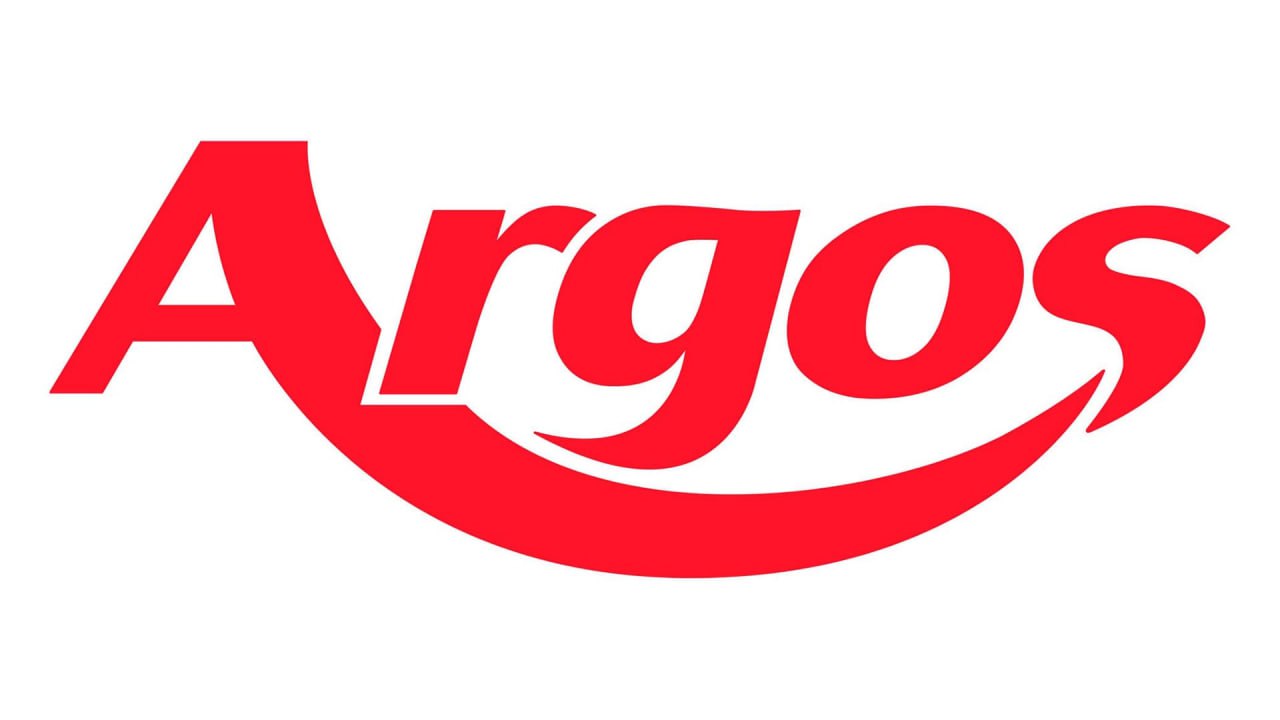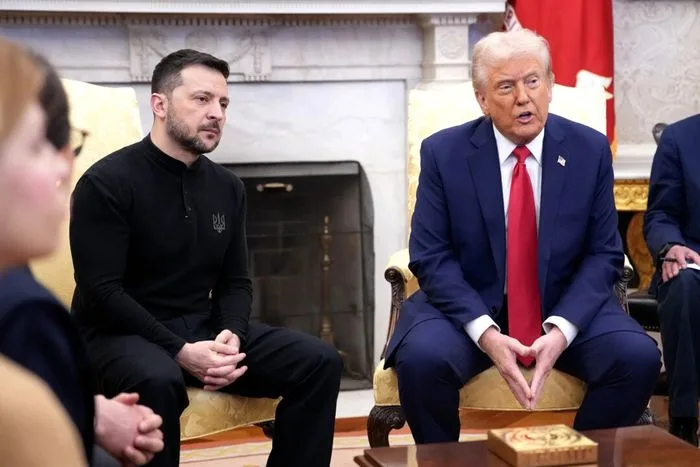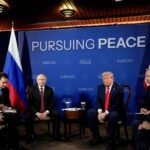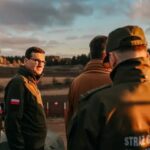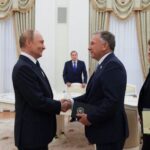By Emel Akan
WASHINGTON—President Donald Trump will welcome Ukrainian President Volodymyr Zelenskyy and European leaders to the White House on Monday to explore paths to end Russia’s war in Ukraine. The leaders are expected to discuss thorny issues, including Russian President Vladimir Putin’s refusal to agree to a cease-fire, his territorial demands, and potential security guarantees for Kyiv after the war.
UK Prime Minister Keir Starmer, French President Emmanuel Macron, German Chancellor Friedrich Merz, Italian Prime Minister Giorgia Meloni, Finnish President Alexander Stubb, and NATO Secretary-General Mark Rutte announced that they will be attending the White House meeting.
“Big day at the White House tomorrow,” Trump wrote Sunday evening on Truth Social. “Never had so many European Leaders at one time. My great honor to host them!!!”
According to the White House, Trump will first greet Zelenskyy at 1 p.m. EST for a bilateral meeting. At 2:15 p.m., he will welcome European leaders. There will be a family photo at 2:30 p.m. followed by a multilateral meeting with European leaders.
The meetings follow the Alaska summit on Aug. 15 between Trump and Putin, which failed to produce a cease-fire in the ongoing Russia-Ukraine conflict. Following the summit, Trump expressed optimism, stating that both sides “made some headway” toward resolving the three-and-a-half-year war. He later announced his upcoming meeting with Zelenskyy in Washington.
“President Zelenskyy will be coming to D.C., the Oval Office, on Monday afternoon,” Trump wrote on Aug. 16. “If all works out, we will then schedule a meeting with President Putin. Potentially millions of people’s lives will be saved.”
Ahead of the meeting, Trump posted a series of posts on Truth Social, criticizing the media for “violently” distorting the facts about the Alaska summit and portraying it as a failure. He, meanwhile, said he felt good about his upcoming talks with Zelenskyy and European leaders.
“Big progress on Russia. Stay tuned!” he stated, in all caps.
Talks Without Cease-fire
During the Alaska summit, Putin refused to agree to a cease-fire—a central demand that Ukraine had emphasized in a virtual meeting with Trump ahead of the summit. Ukraine and European allies have insisted that any peace talks must take place under a cease-fire.
Trump had also advocated for a cease-fire, even warning Putin of “very severe consequences” if he refused.
However, since the Alaska summit, the U.S. president has shifted his position, arguing that the “best way” to end the war in Ukraine is to move “directly” to a peace agreement.
“It was determined by all that the best way to end the horrific war between Russia and Ukraine is to go directly to a Peace Agreement, which would end the war, and not a mere Ceasefire Agreement, which often times do not hold up,” Trump wrote in the same Truth Social post announcing Zelenskyy’s visit.
The Donbas Region
After the summit, Trump told Zelenskyy and European leaders that Putin demanded the Donbas region of eastern Ukraine as a condition for ending the war. In exchange, he offered to freeze the frontline in the southern regions of Kherson and Zaporizhzhia, two European sources familiar with the discussions confirmed to The Epoch Times.
The Donbas, made up of Luhansk and Donetsk provinces, has been the focal point of the conflict since 2014 due to its large Russian-speaking population. Currently, Moscow controls nearly all of Luhansk and roughly 70 percent of Donetsk.
Putin, after the meeting with Trump, said he respected American efforts to end the war “but the root causes must be eliminated first.”
Protecting the Russian speaking population in Crimea and Southeast Ukraine is often cited by Moscow as one of the “root causes” justifying the invasion of the country.
Zelensky, however, said Ukraine would reject any proposal to cede the Donbas.
In an interview with Fox News host Sean Hannity following the summit, Trump said his advice to Zelenskyy would be to “make a deal.”
In a Truth Social post on the eve of the White House meeting, Trump stated that the Ukrainian leader could bring a swift end to the war, if he chooses.
“President Zelenskyy of Ukraine can end the war with Russia almost immediately, if he wants to, or he can continue to fight,” Trump said. “Remember how it started. No getting back Obama given Crimea (12 years ago, without a shot being fired!), and NO GOING INTO NATO BY UKRAINE. Some things never change!!!”
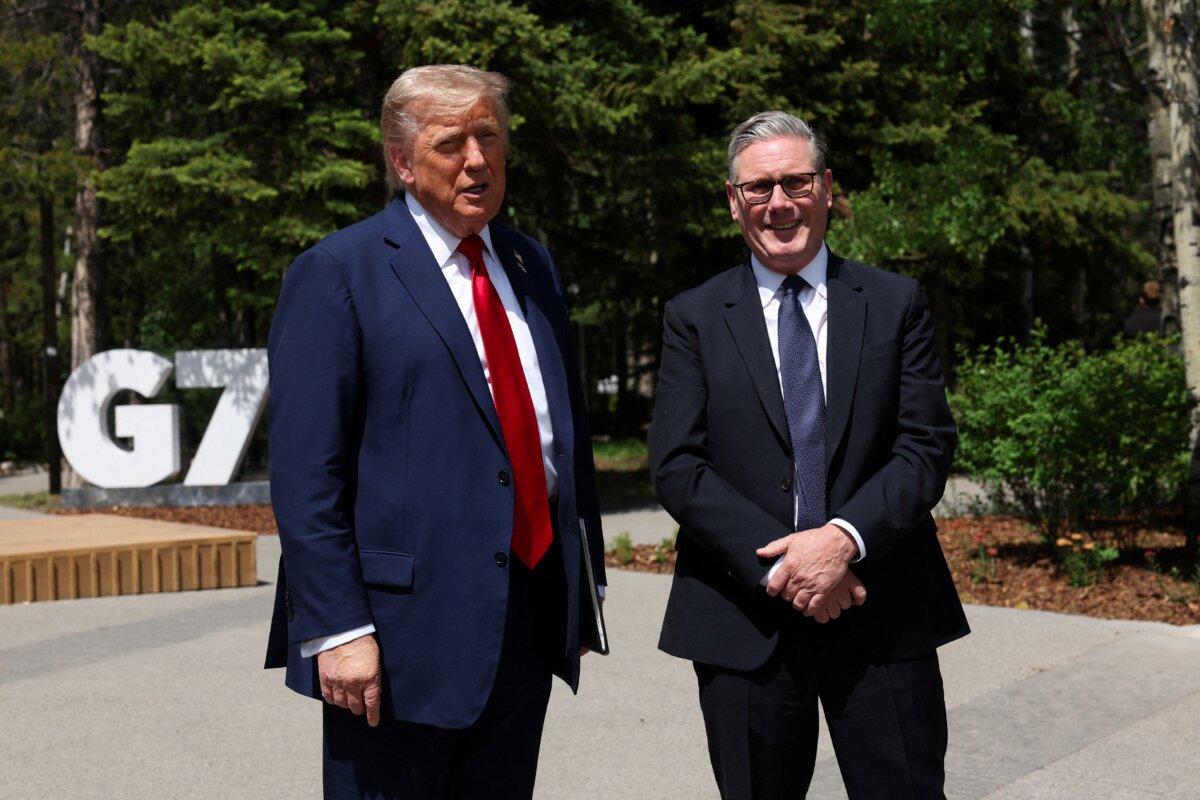
Security Guarantees
En route to Alaska, Trump told reporters that the United States is prepared to offer Ukraine security guarantees alongside Europe—but not in the form of NATO membership.
After the summit, Putin said he agreed with Trump that Ukraine should have security guarantees once the war ends. He didn’t elaborate on what those security guarantees might look like but said that the Kremlin is “prepared to work on that.”
Ukraine has long sought membership in NATO—a goal Putin has strongly opposed. He has repeatedly accused the alliance of trying to expand along Russia’s borders.
What shape the proposed guarantees might take remains unclear. However, U.S. special envoy Steve Witkoff said on Sunday that Putin agreed to allow the United States and European nations to provide Ukraine with “Article 5–like protection” as a security guarantee to bring an end to the war.
“We were able to win the following concession: That the United States could offer Article Five-like protection, which is one of the real reasons why Ukraine wants to be in NATO,” Witkoff said on CNN’s “State of the Union.”
It was “the first time we had ever heard the Russians agree to that,” he added.
Article 5 of the NATO Charter states that an attack against one member “shall be considered an attack against them all.”
Speaking at a press conference in Brussels on Aug. 17, European Commission President Ursula von der Leyen welcomed Trump’s willingness to consider such guarantees.
However, Zelenskyy said there are no details yet on how the security guarantees will work or what roles the United States and Europe will ultimately play.
The issue will likely become a major topic of discussion during Trump’s meeting with Zelenskyy and European leaders.
Trump Allies
Zelenskyy’s previous meeting with Trump at the White House in February was cut short after the sit-down turned into a heated exchange, forcing the Ukrainian president to leave the meeting early.
This time, Zelenskyy is arriving with European allies, including two who have recently grown close to Trump.
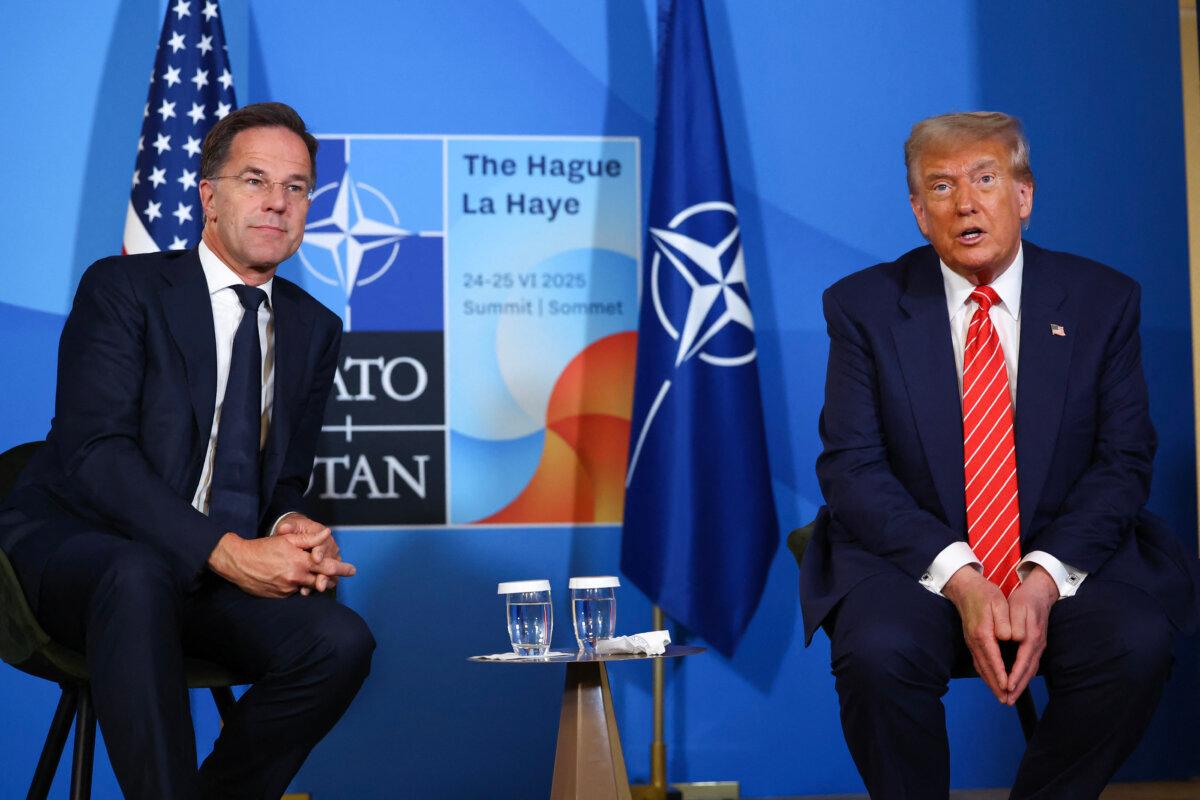
One of them is Finnish President Stubb, 57, who formed an unexpected bond with Trump after an unofficial visit to Mar-a-Lago in March. A former member of Finland’s national golf team, Stubb spent seven hours with the U.S. president, having meals and playing a round of golf.
The two leaders discussed “current foreign policy issues including Ukraine,” Stubb wrote on X on March 29. The Finnish president caught Trump’s attention by offering to supply icebreakers to the United States, highlighting Finland’s status as the world’s leading producer of these vessels.
Similarly, NATO Secretary-General Rutte has cultivated a strong relationship with Trump. At the NATO summit in the Hague in June, Rutte praised Trump’s leadership in pushing allies to ramp up defense spending and lauded his “decisive action” in dismantling Tehran’s nuclear capabilities.
During their bilateral meeting on June 25, Rutte likened Trump to a “daddy” who sometimes uses strong language to resolve disputes among his children. The remark went viral, and Rutte later clarified that he had been misunderstood, as some critics accused him of being overly flattering toward the U.S. president.
He defended his comments, describing Trump as “a good friend” who “deserves all the praise.”
Jacob Burg contributed to this report.
